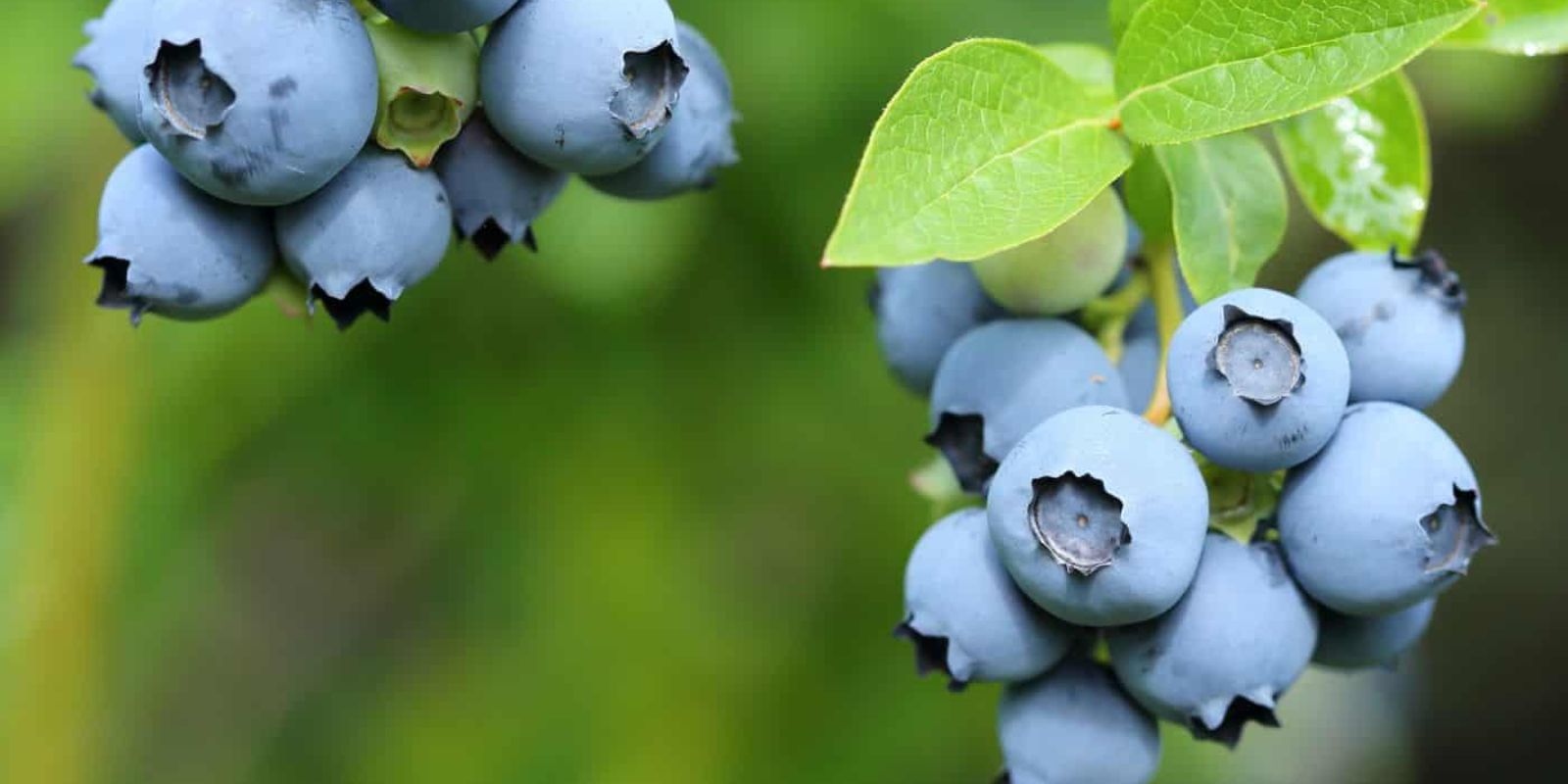Introduction
Pruning is a crucial practice for maintaining the health and productivity of blueberry bushes. When done correctly, it enhances the plant’s structure, encourages vigorous growth, and ensures a plentiful harvest of sweet, juicy berries. Whether you’re a seasoned gardener or new to blueberry cultivation, understanding how and when to prune your blueberry bushes can make a significant difference in your annual yield. This comprehensive guide will walk you through the essential steps to prune blueberry bushes effectively and keep your garden flourishing with bountiful blueberries.
Why Prune Blueberry Bushes?
Pruning blueberry bushes serves several important purposes:
- Health Improvement: Removing dead or diseased wood prevents the spread of disease and pest infestations.
- Growth Encouragement: Pruning promotes new growth, which is essential for producing high-quality fruit.
- Shape Maintenance: Regular pruning helps maintain the plant’s shape and size, making it easier to manage and harvest.
- Increased Yield: Proper pruning ensures that the plant invests its energy in productive canes rather than old, unproductive wood.
When to Prune Blueberry Bushes
Timing is critical for successful pruning. Here’s when to tackle this essential task:
- Late Winter to Early Spring: The best time to prune blueberry bushes is in late winter or early spring, just before new growth begins. This period, typically between February and March, is ideal because the plant is still dormant, and the risk of frost damage is minimal.
- Avoid Pruning During Fruit Development: Pruning during the growing season, when the plant is actively producing fruit, can reduce yield and disrupt the plant’s growth cycle.
Steps to Prune Blueberry Bushes
Follow these steps to effectively prune your blueberry bushes:
1. Prepare Your Tools
Before you start pruning, ensure you have the right tools:
- Pruning Shears: For cutting small branches and stems.
- Loppers: For thicker branches that are too large for pruning shears.
- Gloves: To protect your hands from thorns and sharp branches.
2. Assess the Bush
Begin by examining your blueberry bush to determine which branches need attention:
- Dead or Diseased Wood: Look for any branches that are dead, damaged, or diseased. These should be removed first.
- Old Canes: Identify older canes that are more than 3-4 years old. These can be less productive and should be thinned out to encourage new growth.
3. Remove Dead and Diseased Wood
Start by cutting out any dead or diseased branches:
- Cut at the Base: Remove these branches all the way back to the base of the plant. This prevents potential disease from spreading and opens up the bush to more sunlight and air circulation.
- Dispose of Debris: Collect and dispose of the removed branches to avoid potential spread of disease to other plants.
4. Thin Out Old Canes
To improve the plant’s overall health and productivity:
- Select Canes to Remove: Remove about 1/4 to 1/3 of the oldest canes each year. These canes are usually thicker and have less fruiting potential.
- Cut at the Base: Cut these canes back to the ground, which encourages new, more productive growth from the base of the plant.
5. Shape the Bush
Maintaining the right shape is essential for optimal growth and ease of harvesting:
- Remove Spindly Growth: Trim back any spindly or weak branches that don’t contribute to the plant’s overall structure.
- Maintain a Balanced Shape: Aim for a balanced, open shape that allows light to penetrate the center of the bush. This helps improve fruit production and makes harvesting easier.
- Prune for Height: Keep the bush at a manageable height (usually around 3-4 feet) to facilitate easier access to the berries.
6. Encourage New Growth
To promote vigorous new growth:
- Cut Back Overly Long Branches: Trim any branches that are growing too long or out of shape to encourage a more compact and productive bush.
- Focus on Young Canes: Ensure that the young, new canes are well spaced and not overcrowded. This helps in developing a robust structure for future growth.
Post-Pruning Care
After pruning, provide your blueberry bushes with proper care to ensure they thrive:
- Watering: Ensure the bushes receive adequate water, especially during dry periods. Blueberries prefer consistently moist, well-drained soil.
- Fertilizing: Apply a balanced, acid-loving fertilizer designed for blueberries in early spring to support new growth and fruit development.
- Mulching: Add a layer of mulch around the base of the bushes to help retain soil moisture, suppress weeds, and provide nutrients.
Troubleshooting Common Issues
Here are some common issues and solutions related to blueberry pruning:
- Poor Fruit Production: If your blueberry bush isn’t producing as much fruit as expected, check for proper pruning techniques and ensure the plant is getting enough sunlight and nutrients.
- Over-Pruning: Avoid removing too many canes at once, as this can stress the plant and reduce its fruiting potential. Aim for gradual, balanced pruning over several years.
Conclusion
Pruning blueberry bushes is a fundamental practice for maintaining healthy, productive plants and ensuring a generous harvest of delicious berries. By following the steps outlined above and paying attention to the timing and technique, you can enhance the vitality of your blueberry bushes and enjoy bountiful, sweet blueberries year after year.
Call to Action:
Ready to transform your blueberry bushes into productive powerhouses? Follow these pruning tips and share your progress or ask for more advice in the comments! 🫐🌿

